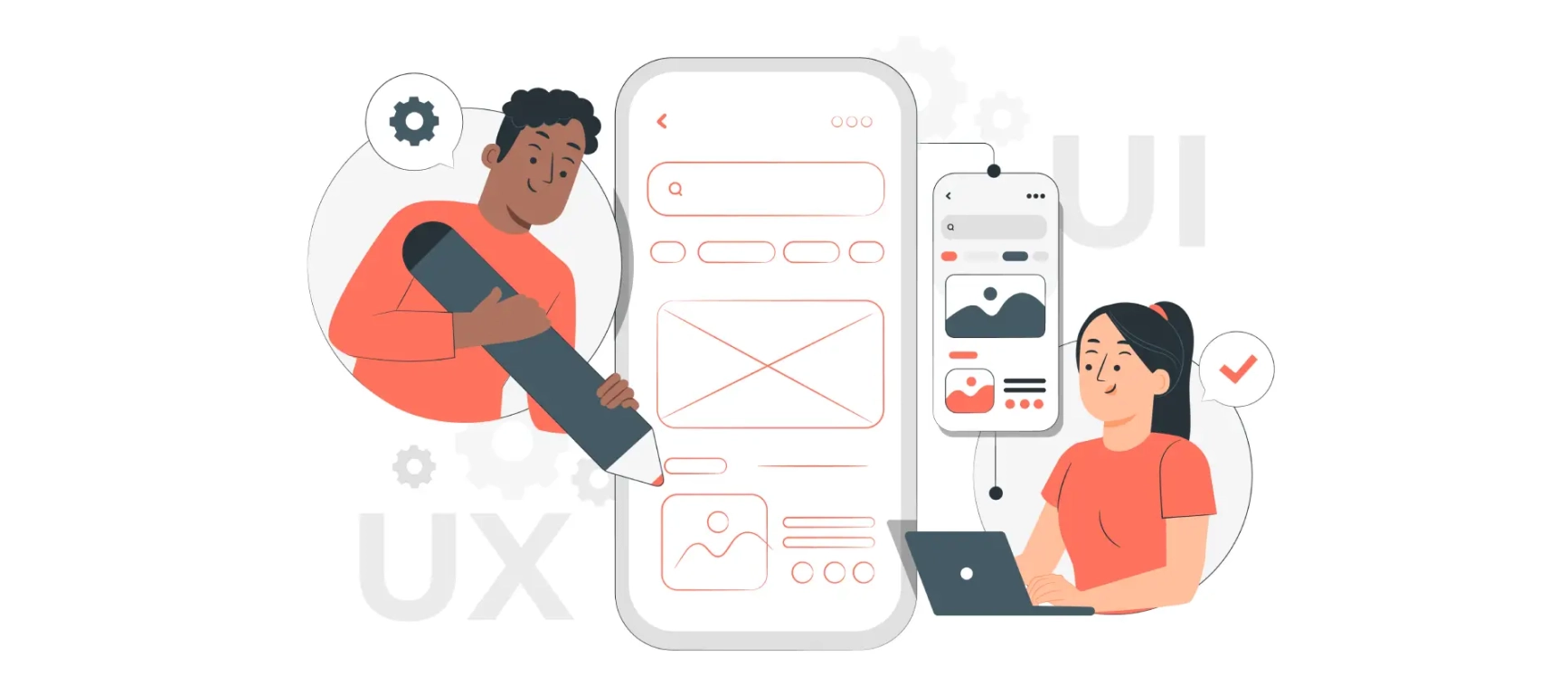How Great UX Design Can Reduce Your Bounce Rate

Why Smart UX Design Is the Secret to Lower Bounce Rates
Imagine this: a visitor lands on your website, spends a few seconds looking around, then closes the tab without taking any action. It’s a missed opportunity—and a clear sign of poor user engagement. In technical terms, this is a bounce, and your bounce rate tells you how often this happens.
But what if we told you that the way your website feels and functions—your UX design—could be the key to keeping users around longer?
In today’s digital-first world, where attention spans are shrinking, your site’s user experience is your silent salesman. It’s what convinces visitors to explore further instead of bouncing off your homepage.
What Is Bounce Rate and Why Should You Care?
Bounce rate measures the percentage of users who land on your site and leave without navigating to another page. A high bounce rate often suggests that something isn't working: maybe the content isn’t relevant, or the user interface design is confusing, slow, or visually unappealing.
The good news? Many of these issues are solvable with better UX.
The Power of User Experience
User experience (UX) refers to the overall feeling a person has while interacting with your website. It includes design, structure, speed, readability, and even emotion.
When UX design is thoughtfully crafted, it:
-
Guides users smoothly through your site
-
Builds trust and familiarity
-
Encourages action through clarity and ease
-
Keeps users engaged long enough to convert
So, if you’re wondering how to reduce bounce rate, start by examining your UX strategy.
Actionable UX Strategies to Reduce Bounce Rate
If you want your website to hold attention and prompt action, here’s how to leverage website UX best practices:
1. Prioritize Visual Flow
People don’t read websites like books—they scan. A strong visual hierarchy helps users find key information instantly. Use clear headings, concise content, and well-placed images to break up long sections.
2. Improve Page Load Speed
Slow websites frustrate users. Compress images, optimize code, and use caching tools to keep load times under 3 seconds. Remember, speed is part of user experience.
3. Simplify Site Navigation
Confusing menus and overloaded pages make users give up. Keep navigation intuitive. The fewer the clicks needed to reach important content, the better.
4. Design for Mobile First
With a large share of users browsing on mobile devices, responsive design isn’t optional. Ensure every button, image, and paragraph adapts perfectly to smaller screens.
5. Use Clear and Relevant CTAs
A strong call to action UX design should be bold, visible, and purpose-driven. Phrases like “Book Your Demo” or “Get Started Free” perform better than generic options like “Submit” or “Click Here.”
6. Don’t Underestimate White Space
Crowded designs overwhelm users. White space brings balance, clarity, and breathing room—making your website more readable and less stressful to navigate.
UI and UX: A Winning Duo
While UX focuses on the journey, UI (user interface) design handles the look and interactivity. The best digital experiences happen when the two are aligned.
For instance, an intuitive form (UX) with modern input fields and responsive buttons (UI) increases the chances of conversion. This is where skilled ui ux designers come in—they blend logic with visual appeal to shape experiences that work and wow.
Working with a seasoned uiux expert ensures that both functionality and aesthetics support your business goals.
Why a Top Digital Design Agency in Mumbai Makes a Difference
Improving UX isn’t a DIY project—it’s a strategic process. Collaborating with a top digital design agency in Mumbai brings industry insight, tested workflows, and experienced talent to the table.
These agencies know how to structure content, design layouts, and shape user journeys that reduce friction. From onboarding flows to landing pages, their focus is on making every digital moment feel effortless.
They also conduct real user testing, identify pain points, and implement improvements that directly impact bounce rates and overall performance.
UX Isn’t Just Design—It’s a Business Growth Tool
Great UX design doesn’t just keep users on your website—it moves them through a funnel. It builds trust, reinforces brand identity, and boosts the chances of turning a visitor into a customer.
Here’s how better user experience translates to real results:
-
Lower bounce rate: Visitors stay longer and explore more.
-
Increased conversions: Clear paths to CTAs improve engagement.
-
Stronger SEO: Search engines love sites that users love.
-
Enhanced credibility: A polished digital presence builds trust.
Whether you’re redesigning your site or building it from scratch, every choice—from fonts to button placement—shapes how your audience feels about your brand.
Final Thoughts
If you're still wondering how to decrease bounce rate, the answer is simple: make your users feel at home.
Every smooth scroll, every intuitive click, every clear CTA—all of it adds up. Investing in UX design isn’t about trends—it’s about creating digital experiences that connect, engage, and convert.
And if you want to do it right, partnering with a top digital design agency in Mumbai could be your best next move.
Because when your website feels easy to use, it becomes harder to leave.